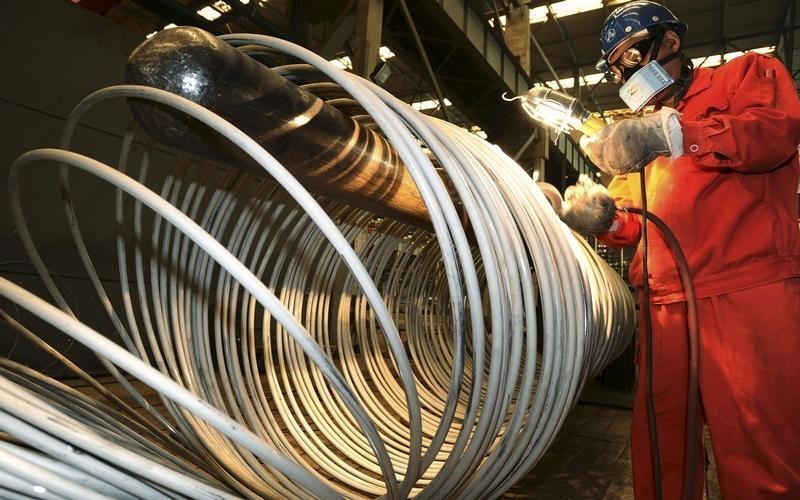(Repeats with no changes to text)
By Clyde Russell
LAUNCESTON, Australia, Nov 26 (Reuters) - - The dominant theme of commodity markets in recent months, in virtually every article or conversation at events, has been how much lower can prices possibly go. The answer is simple, they will stop falling when the point of maximum pain is reached.
With the prices of many commodities at multi-year lows and the broad Bloomberg Commodity Index .BCOM close to its weakest in more than 16 years, many commodity producers, investors and traders are becoming desperate for any positive signs.
But any bottoming of prices, or indeed the start of a rally, requires more than desperation, it needs fundamental re-alignment of the existing supply-demand balances.
It is here where the concept of maximum pain comes in.
If one accepts that the main issue for commodity prices in recent years has been the rapid expansion of supply, it follows that this can only be remedied by the closure of such capacity.
Even if one takes the view that prices have been hit by softer-than-expected demand growth, mainly from key importer China, the best solution has to be the curtailing of supply.
The only alternative to reducing supply is to have a demand-led price rally, and while demand may indeed improve in 2016 on the basis of increased Chinese infrastructure spending and a generally healthier global economy, the current market consensus is that it won't be enough to wipe out the existing surplus.
What does maximum pain look like?
It's the point where major producers exit the market and supply is closed on a more permanent basis. In other words, output cannot simply resume once prices rise to a level where the owner can justify resuming operations.
It also has to be a significant player, not a minor producer, not only because substantial volumes have to exit the market, the departure of a big player changes the sentiment dynamic as well.
Asian spot iron ore prices are heading for a third straight year of losses, and are down 77 percent since their peak in early 2011.
At $43.40 a tonne at Wednesday's close, it may be tempting to think that iron ore must be close to the point of maximum pain. But in reality, it's still a long way from that point.
COST-CUTTING DELAYS MAXIMUM PAIN
The main producers in top exporter Australia, Rio Tinto (L:RIO) RIO.AX and BHP Billiton (L:BLT) BHP.AX , have been very successful in cutting costs, so much so that they can produce a tonne of the steel-making ingredient and deliver it to an export port for about $16 a tonne.
Throw in royalties, freight and some other charges and the cost of getting it to China rises to somewhere closer to $26-$28 a tonne, which still leaves them with a fairly healthy profit margin.
Even Australia's number three producer, relative newcomer Fortescue Metals Group FMG.AX , is able to keep head above water as long as prices remain above $39 a tonne, the level at which the company can cover capital and interest costs as well as operating costs.
If one assumes that maximum pain is the point where a major producer has to leave the market, in iron ore this suggests that prices would have to fall quite a bit below $40 a tonne and stay there for long enough for Fortescue to be forced to look for a white knight or some other way to stay in business.
Of course, it's not just Fortescue that is at risk, South African iron ore miners still export millions of tonnes to China, and the world's biggest producer, Brazil's Vale VALE5.SA , also has a higher cost structure that the Anglo-Australian pair of Rio and BHP.
The point is that even at the current depressed price, there is till some way for it to decline before the likely point of maximum pain is reached.
This is backed up by looking at the 50-, 100- and 200-day moving averages for iron ore, which are still pointing to further losses.
When the 50-day simple moving average is below both the 100- and 200-day, and all three are trending lower, the outlook is bearish.
A similar situation exists for London benchmark copper CMCU3 , Brent crude oil futures LCOc1 and Newcastle coal GCLNWCPFBMc1 , with the 50-day moving average below the 100- and 200-day lines, and all three pointing down.
This suggests that the point of maximum pain is still to be reached for most major commodities.
Anybody who has endured a long car journey with young children is probably all too familiar with the grating and seemingly interminable "are we there yet" question.
For commodity markets, the answer is no.
(Editing by Himani Sarkar)
